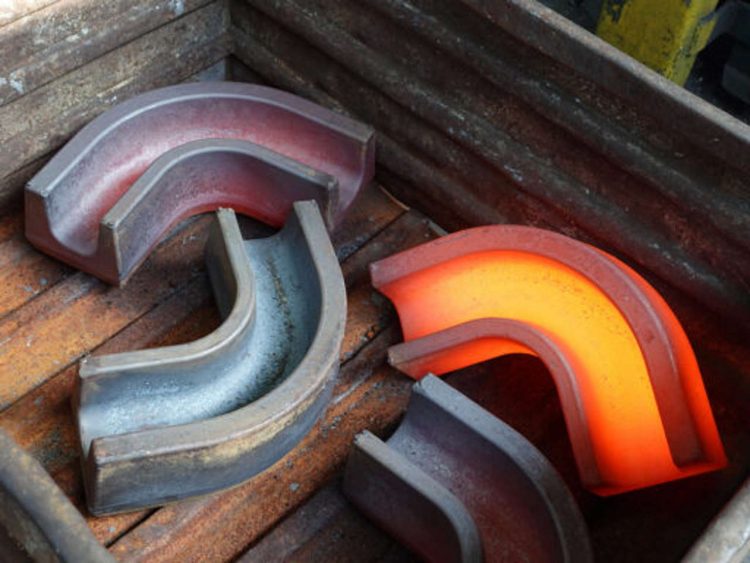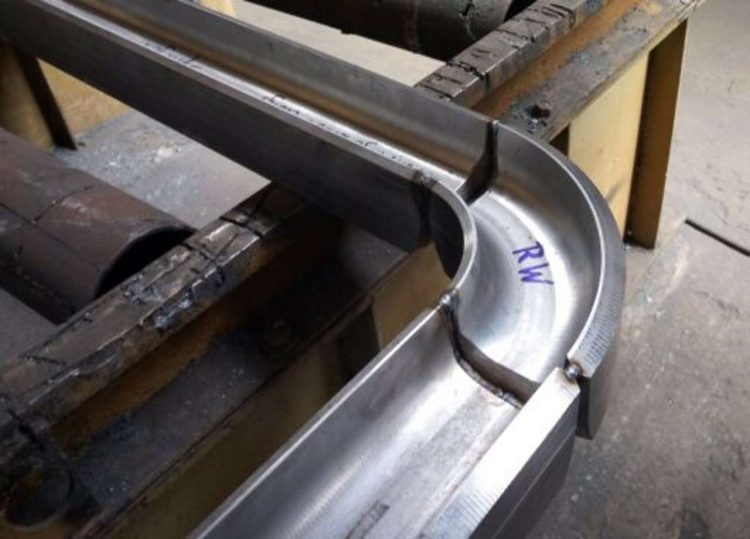The A1 Steam Locomotive Trust has issued an update on the challenges encountered in overhauling the boiler of A1 Class no. 60163 Tornado, and the novel solution to the problem.
Steam locomotives are always a challenge in boiler design, and the larger the power output, the bigger the challenge. The restrictions of maximum axle load and the loading gauge mean that steam locomotive boilers have to be pushed much harder than corresponding static installations where weight and size are not usually a problem. A further issue is the frequent and extreme variation in required power output from almost nothing when stationary to the maximum power output of the locomotive.
Today, most locomotive boilers experience a harsher operating regime than when steam was the railways’ daily motive power.
Main line locomotives in particular suffer from being put into steam for just one or two charters then allowed to cool down. Back in steam days, a typical locomotive was in steam for three weeks continuously, and then taken out of service for a washout and inspection, before returning to steam immediately.
The second and more significant effect is what is termed micro-cycles. This is the difference between when the boiler is idling and its heat input is just sufficient to maintain boiler pressure against radiation and convection losses, and full power. This is a disadvantage with a steel firebox, which although it is stronger, has much lower thermal conductivity than copper and is usually thinner than a corresponding copper inner firebox. Steel’s advantage is that it is much cheaper and easier to repair or replace than copper.
By the time that Tornado’s first overhaul was undertaken in 2014, cracks were beginning to form in the corners of the boiler’s foundation ring, although this is not unusual on this style of boiler and is not unique to Tornado.
At Meiningen in Germany, where Tornado’s boiler was overhauled, the normal method for manufacturing foundation rings is to machine their component parts out of 100 mm thick boiler plate. Whilst this works satisfactorily for the straight front, back, and sides, it has a disadvantage for the corners. Traditional riveted copper inner/steel outer fireboxes have foundation rings that are forged, by hammering them when they are when hot. This enables the grain to be pushed in the direction required to improve the strength/fatigue properties of the steel.

With this in mind, the Trust approached the forging industry in 2014 to produce forged corners for Tornado’s boiler. Brooks Forgings at Cradley Heath in the West Midlands suggested that in order to achieve the accuracy required, they would make a set of closed die forging tools. To bring the unit price down, 12 corners were acquired which allowed some extras to be kept in stock.

The results have been much better than expected, with the boiler going for three and a half years before showing signs of cracks beginning to form. In addition, a method for cutting out cracked metal and welding in fresh with the boiler on the frames has been developed. This should save significantly on time and cost as a relatively easy repair intervention can be made without the need to remove the boiler from the frames, ensuring that the boiler will last between major overhauls.
The eight spare corners were sent to Meiningen to be incorporated into the two new boilers (P2 and spare). But Meiningen is now overhauling Tornado’s existing boiler, which means that another set of corners was needed in a hurry. Brooks Forgings responded magnificently to the request and quickly supplied four more corners, which are already in Germany and will soon be fitted to the boiler.
For more information about how you can support Tornado, visit their website at The A1 Steam Locomotive Trust 60163 Tornado






Responses
It is always a pleasure to produce and supply heritage restoration projects with forged components. Fully aligned and compressed material grain flow can only be achieved with hot forging techniques and this boiler corner block case study is a perfect example of how it can substantially increase service life when compared to its fully machined counterpart that has no aligned or compressed grain flow. The A1 Steam Locomotive Trust and others all over the globe keep these engineering marvels living for future generations to enjoy and we are proud to be involved whenever the opportunity arises.